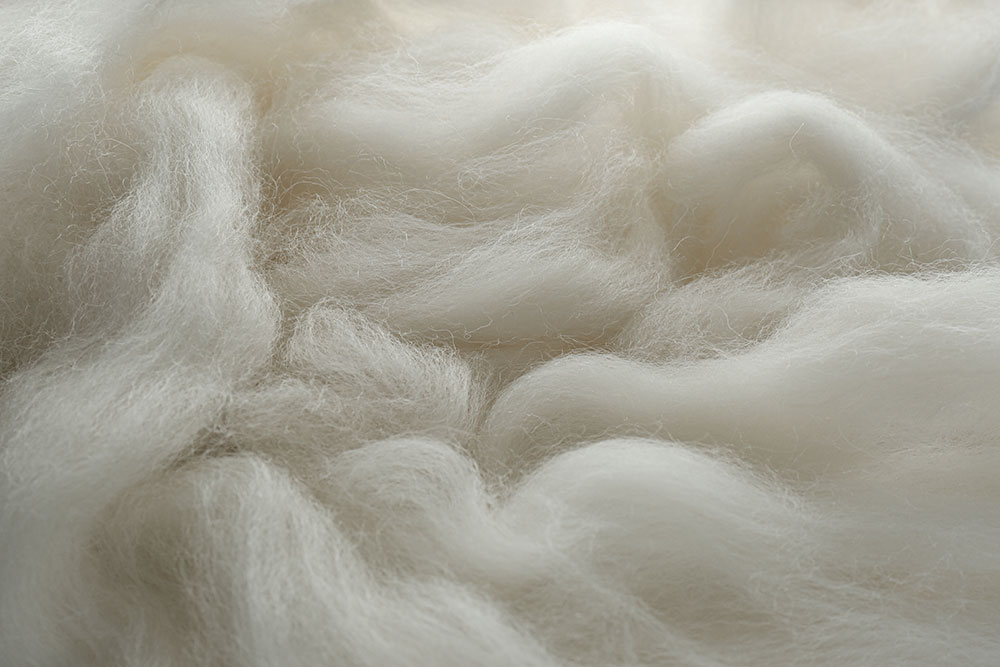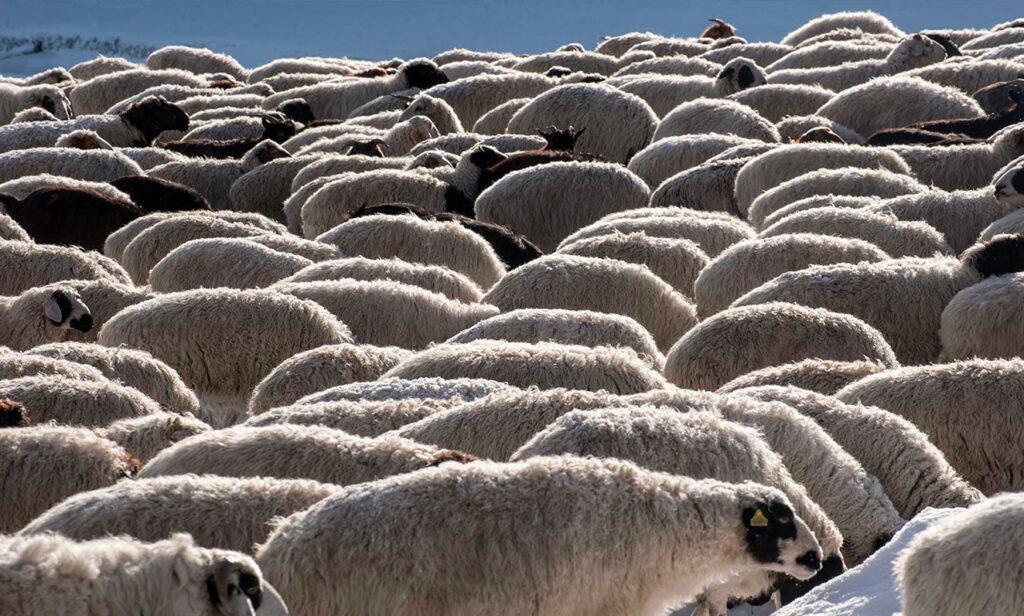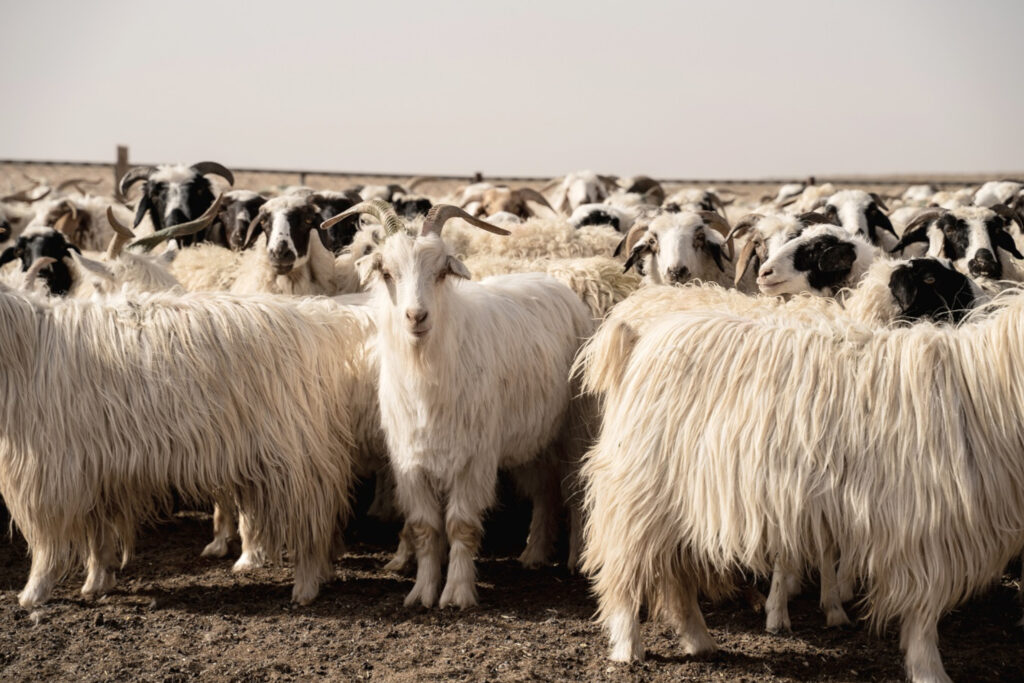Wools
Wool production is a global industry with an annual production of around 2,000 tonnes.
Compared to cotton, wool has the ability to absorb up to 30% of its weight in water without becoming damp, thus making it ideal for all weather conditions.
Wool is also a highly permeable fabric, helping to keep the body dry and comfortable. Due to its sensitivity to changes in temperature and humidity, wool naturally adapts to the surrounding environment, helping to keep your body at a stable constant temperature, making it the perfect natural fibre for clothing.
William Mills garments are the result of the selection of high-quality sheep that guarantee the production of fine and exceptional quality wool for the production of clothing.


Merino wool
Of all the different types of wool, Merino is considered the highest quality wool because of its fine, soft and curly fibres which are sheared only once a year.
These exceptional fibres are used exclusively for the manufacturing of articles of clothing.
The length of the wool fibres is an important factor in the quality of the fabric and its ability to conform to the body, thanks to the fabric’s durability and strength. In fact, the longer the fibres are, the exceptional quality of yarn obtained is much better. High-quality Merino wool has a particular fibre length, which allows it to quickly return to its original shape.
Vicuña wool
The vicuña coat has traditionally been considered one of the highest quality items, so much so that the ancient Incas called it “the fibre of the gods”.
The annual shearing of the vicuña was a ceremony that involved the entire community, and clothing made from vicuñas was reserved for kings and other high-ranking individuals as well as royalty.
The vicuña is a wild animal species that lives in natural habitats in South America, such as the Andes or other mountainous areas of that region.
These animals play an important cultural role in South American history, as they were considered a symbol of prestige and power by the ancient Incan civilisations.
However, the Spanish colonisation of South America had a devastating impact on the vicuña population. These animals were extensively hunted for their fleece, driving the population to extremely low levels.
By 1965 the population of the vicuña had been reduced to just 5,000 animals. Fortunately, in the years that followed, conservation programmes were implemented for the vicuña and the population gradually recovered.
Today, the vicuña is still a protected species, but its population has increased significantly, and the annual shearing is managed sustainably to ensure the long-term survival of the species.


Cashmere
Cashmere is an extremely exquisite and rare fibre which is produced in limited quantities, with an annual output of just 5,000 tonnes.
This fibre is made from the soft winter undercoat of the Kashmir goats, a geographical region overlapping India, Pakistan and China. These goats grow very fine and long filaments to survive the extreme climatic conditions of that region, which often reaches sub-zero temperatures.
Cashmere produced in Central Mongolia is particularly appreciated for the fineness, length and uniformity of its fibres. These characteristics make the fabric incredibly soft and smooth to the touch.
To obtain cashmere, shepherds manually harvest the goats’ fleece in the spring, when the animals shed their winter undercoat. The “duvet” fibres – the extremely soft and fine undercoat, also known as lanugo – are then separated from the outer, coarser layer.
Duvet fibres, in particular, are those that give cashmere its exceptional thermal properties.
Thanks to their special constitution, these fibres are able to provide great warmth without bulking up the garment.
This makes cashmere the perfect choice for high-quality winter garments. Additionally, cashmere is also durable, lightweight and very soft to the touch, making it one of the finest, most luxurious and beloved fabrics in the world.